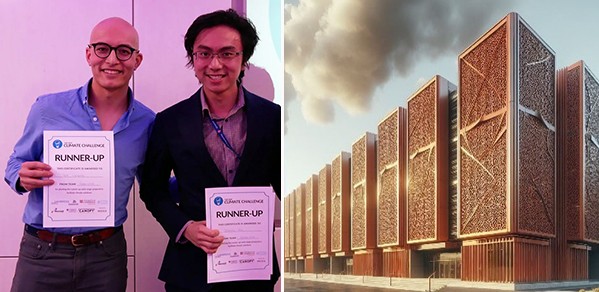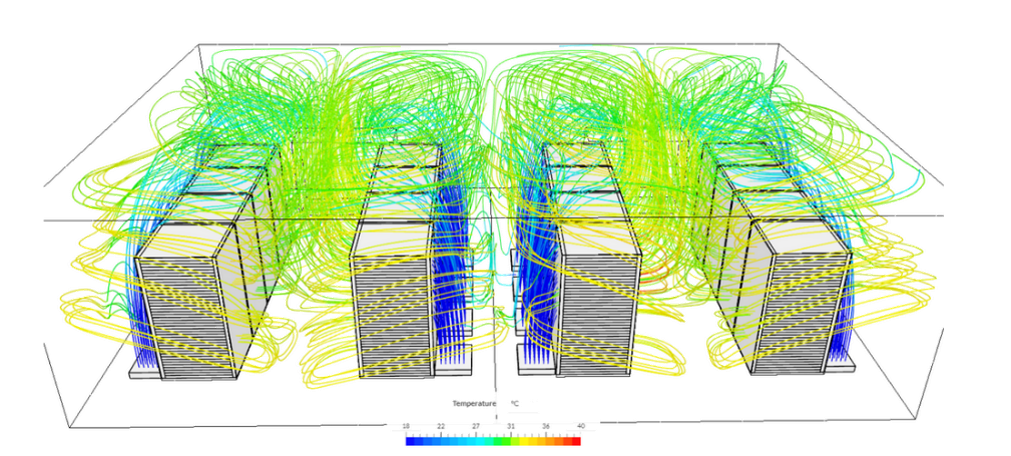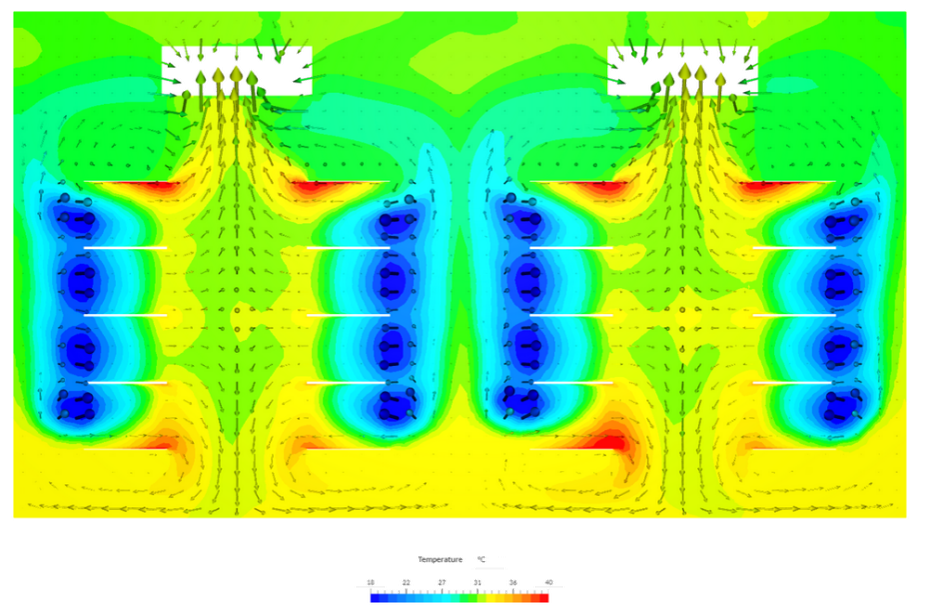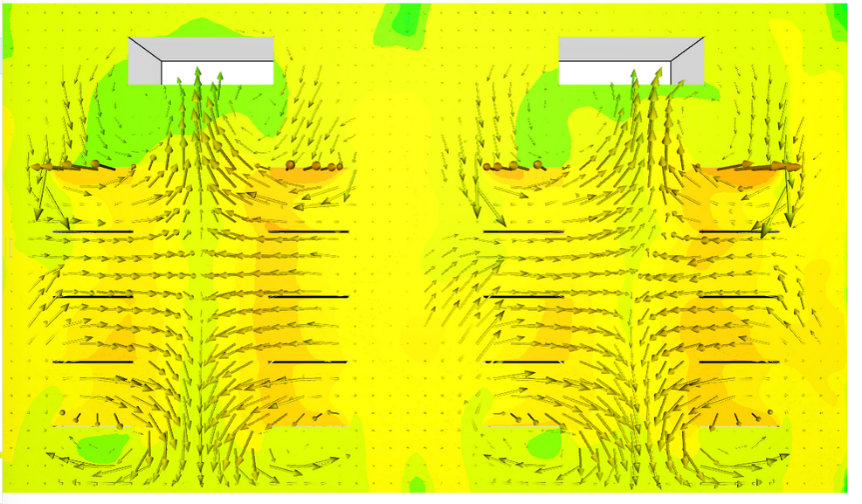
Two MPhil in Engineering for Sustainable Development students are on a mission to slash the energy and water consumption of data centres operating in the Global South, with their start-up Terracotta Cooling.
Using a locally inspired terracotta ‘beehive’ structure and air flow optimisation, our structure has the potential to slash the immense energy costs by 30%, and water usage.
Jerrell Ong (CEO)
Terracotta Cooling is pitched as an innovative solution to a growing problem of how to keep data centres cool in an efficient and sustainable way.
Data centres are the backbone of the digital world and key to harnessing the transformative powers of AI, cloud computing and the Internet of Things (IoT). However, they also generate lots of heat, with those operating in the equatorial climate of countries like India and South-East Asia in the Global South, struggling with humidity and temperatures beyond 40 degrees Celsius (104 Fahrenheit) all year round.
This capital-intensive technology designed for the Global North has, to date, been ill-suited for local contexts.
Hoping to change this are MPhil students Jerrell Ong (CEO) and Sebastian Lindner-Liaw (CSO), together with their colleague Eric Tay (CFO), who have taken inspiration for their start-up from local, handcrafted terracotta ‘beehive’ cooling structures. These structures are typically made up of stacked terracotta cones in a beehive formation, which enable effective cooling by improving the surface area. The students’ proposal is for a similar cooling structure made of stacked terracotta cylinders inside of a lattice framework, with recycled water pumped over the terracotta.


BEFORE: Simulated airflow in a conventional data centre with alternating cool aisles showing uneven temperature gradients (shown from the side and from above).
Jerrell said: “Our proposed structure is made of stacked terracotta cylinders, sourced and produced in the Global South, ideally in proximity to the site in question. The water flowing down and around these cylinders creates an evaporative effect, cooling the air that flows through it. The water condenses at the top of the lattice to create a circulatory, non-consumptive system. We have used computational fluid dynamic modelling to create new equipment and aisle configurations better suited to the temperature distributions resulting from this system.
“Using a locally inspired terracotta ‘beehive’ structure and air flow optimisation, our structure has the potential to slash the immense energy costs by 30%, and water usage normally associated with cooling large data centres, particularly in hotter climates in countries like India. Therefore, reducing emissions and strain on critical resources.”

AFTER: Fluid dynamic simulation showing a more uniform temperature gradient resulting from Terracotta Cooling's external lattice, reducing the energy intensity of data centre cooling.
Terracotta Cooling’s mission aligns with three of the 17 Sustainable Development Goals (SDGs)[1], as follows:
- Goal 9 (industry, innovation and infrastructure) – designing and building data centres in a more sustainable way, compatible with local contexts and enhancing resilience.
- Goal 6 (clean water and sanitation) – reducing industrial water use to prevent negative impact on surrounding communities who may otherwise not have access to clean water.
- Goal 12 (responsible consumption and adoption) – reducing the material and ecological footprint of data centres and by extension technologies like AI or cloud computing.
The trio recently secured a runner-up position at the 2024 Cambridge Climate Challenge after pitching Terracotta Cooling to a panel of climate innovation experts.
The Challenge is an eight-week innovation competition for early career researchers, designed to give young academics the skills to scale-up their own climate solutions into successful and impactful businesses.
The competition is run in partnership with CISL Canopy, Carbon13, Energy IRC, Cambridge Enterprise, the Maxwell Centre, and sponsored by Moda Living.
- - -
[1] These SDGs sit at the heart of a shared blueprint adopted in 2015 by all United Nations Member States and are an urgent call for action by all developed and developing countries as part of a global partnership.

